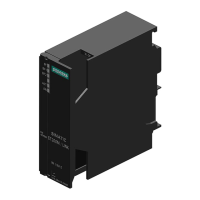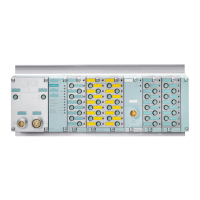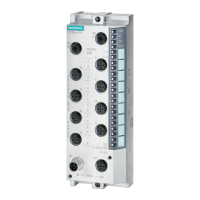OPC UA communication
9.3 Using the S7-1500 as an OPC UA server
Communication
Function Manual, 12/2017, A5E03735815-AF
173
3. In the properties of the CPU click "Protection & Security > Certificate manager".
4. Double-click <add>in the "Device certificates" table.
STEP 7 opens a dialog.
5. Click "Add".
6. Select the "OPC UA client" entry from the list at the "Usage".
Attention:
Under "Alternative name of the certificate holder (SAN)" the IP addresses under which
the CPU in your system can be accessed has to be entered.
You must therefore configure the IP interface of the CPU before you have generate a
Client certificate.
7. Click "OK".
STEP 7 now lists the Client certificate in the in the "Device certificates" table.
8. Right-click this row and select the "Export certificate" entry from the shortcut menu.
9. Select a directory in which you store the Client certificate.
2. Announcing the Client certificate to the server
You have to make the Client certificate available to the server to allow a secure connection
to be established.
To do so, proceed as follows:
1. Select the "Use global security settings for certificate manager" option in the local
certificate manager of the server. This makes the global certificate manager available.
You will find this option under "Protection & Security > Certificate manager" in the
properties of the CPU that is acting as server.
If the project is not yet protected, select "Security settings > Settings" in the STEP 7
project tree, click the "Protect this project" button and log on.
The "Global security settings" item is now displayed under "Security settings" in the STEP
7 project tree.
2. Double click "Global security settings".
3. Double click "Certificate manager".
STEP 7 opens the global certificate manager.
4. Click the "Device certificates" tab.
5. Right-click in the tab on a free area (not on a certificate).
6. Select the "Import" command from the shortcut menu.
The dialog for importing certificates is displayed.
7. Select the client certificate that the server is to trust.

